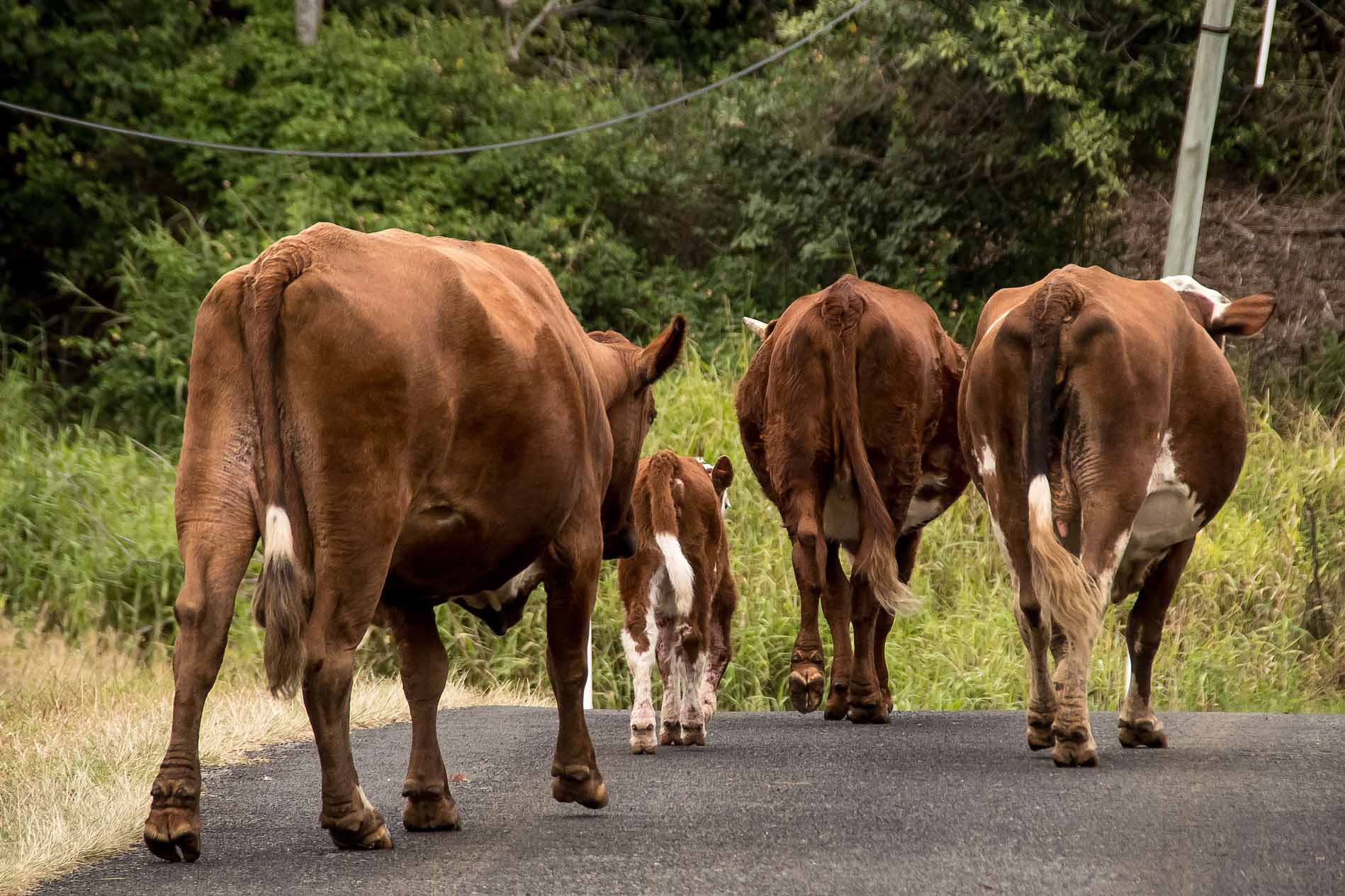The start of winter usually means hunkering down but for a portion of dairy farmers across the country, June 1 is Gypsy Day, when they move not only themselves but their entire families and herds - sometime hundreds of kilometres.
Coined ‘Gypsy Day’ because of its traveling connotations, June 1 sees thousands of farm managers, contract milkers and sharemilkers loading cows into stock trucks or walking them to new farms nearby, and packing up their equipment, families and belongings.
National FarmWise manager, Edward Hardie says it’s also the day farms and cows are bought and sold.
“For prospective farm owners, it represents a step towards realising their dream of owning their own farm and moving up the farming ladder.”
Extra stock on the roads
Urbanites will need to watch out for extra stock on the roads around June 1, and farmers need to have plans in place to make sure their move goes without a hitch.
“If you’re moving animals at any time, not just on Gypsy Day, it’s important to notify your herd record provider to ensure the details of animals moving are recorded correctly,” Hardie says.
“All cows must be tagged with National Animal Identification and Tracing (NAIT) tags and registered in the NAIT system to help minimise the risk of spreading notifiable diseases.”
Hardie says it’s important all NAIT movements for animals returning from grazing on other farms are also recorded before moving.
“Ensure your herd records are up to date so that every movement that has occurred is up to date. Check who has access to your herd records and remove or add any permissions as required. And if you haven’t been able to get your herd records 100 per cent up to date, use the opportunity to do so now.
Hardie says it’s also a good time to re-check the new farm is free from any notifiable diseases such as M. Bovis and TB and that adequate farm biosecurity measures are in place before they arrive, and gear and equipment is clean.
Moving solo
For those moving without animals, Hardie suggests farmers make sure permissions have been removed from previous herd records so updates can easily occur once they’ve shifted.
“Take time to check-in with your new farm owner (or relevant person) ahead of moving to ensure you have permission for updating records on your new herd and reconfirm that your new farm is free from any notifiable diseases to avoid any future headaches.
“Also ensure any equipment you are taking is clean. And lastly, allow yourself enough time on moving day. Hiccups can occur and things often taken longer than expected so now is the time to plan for the unexpected as well as a smooth move.”



0 Comments
Leave a Comment